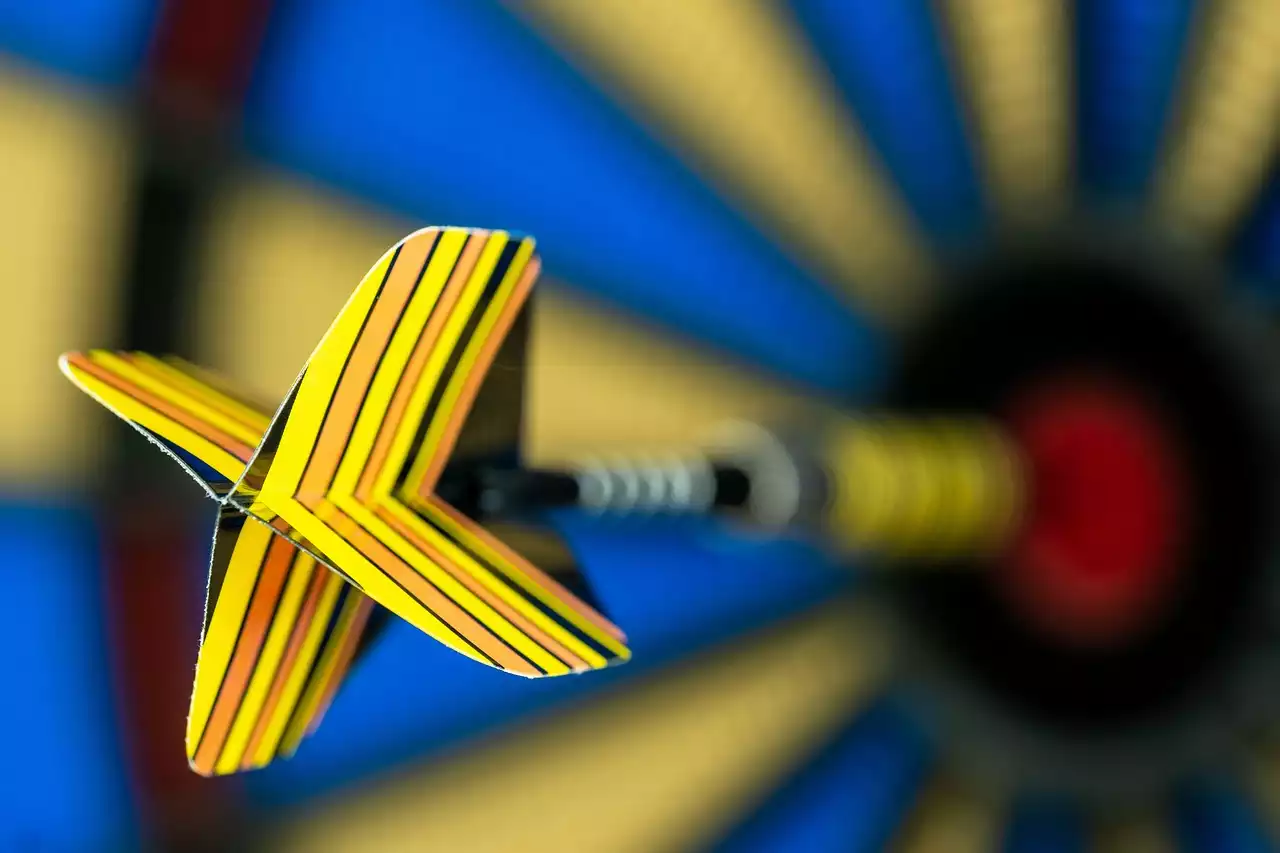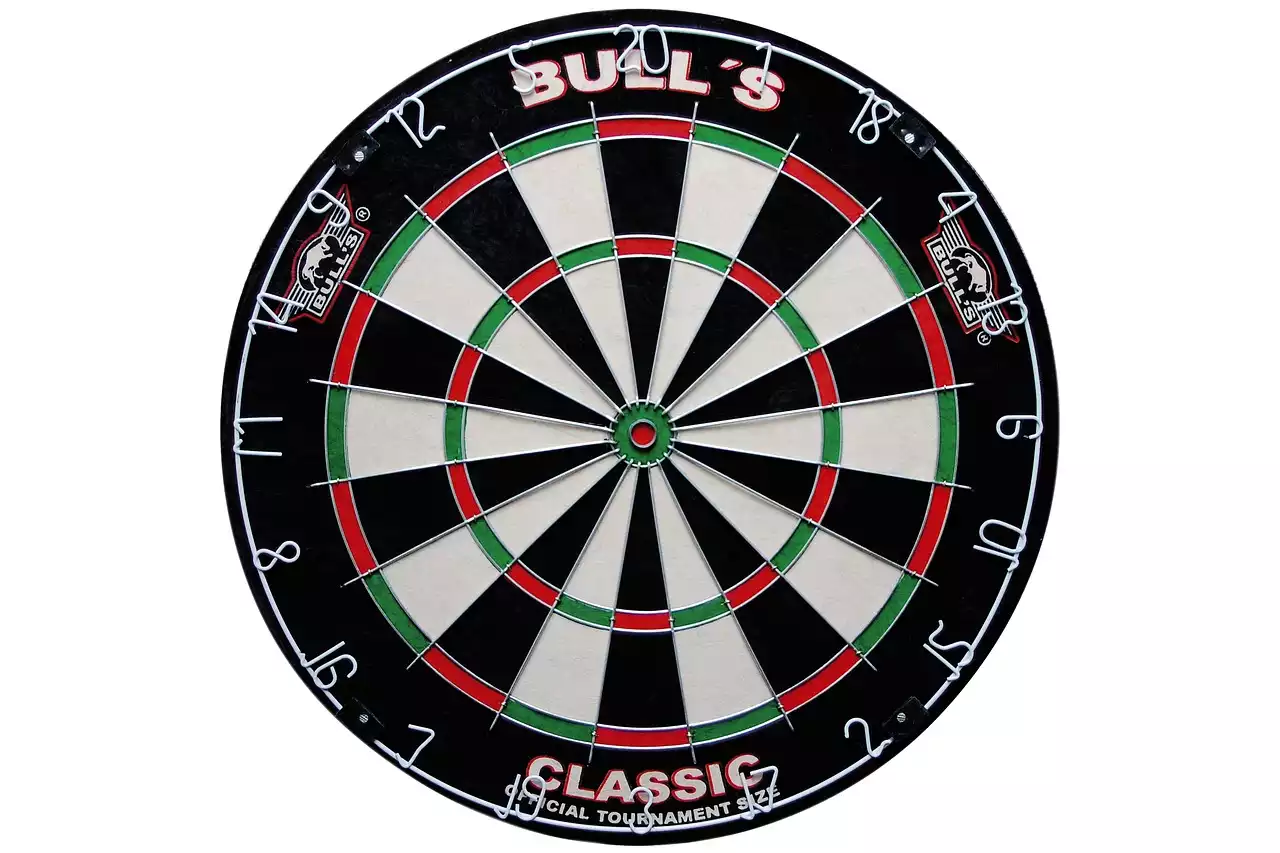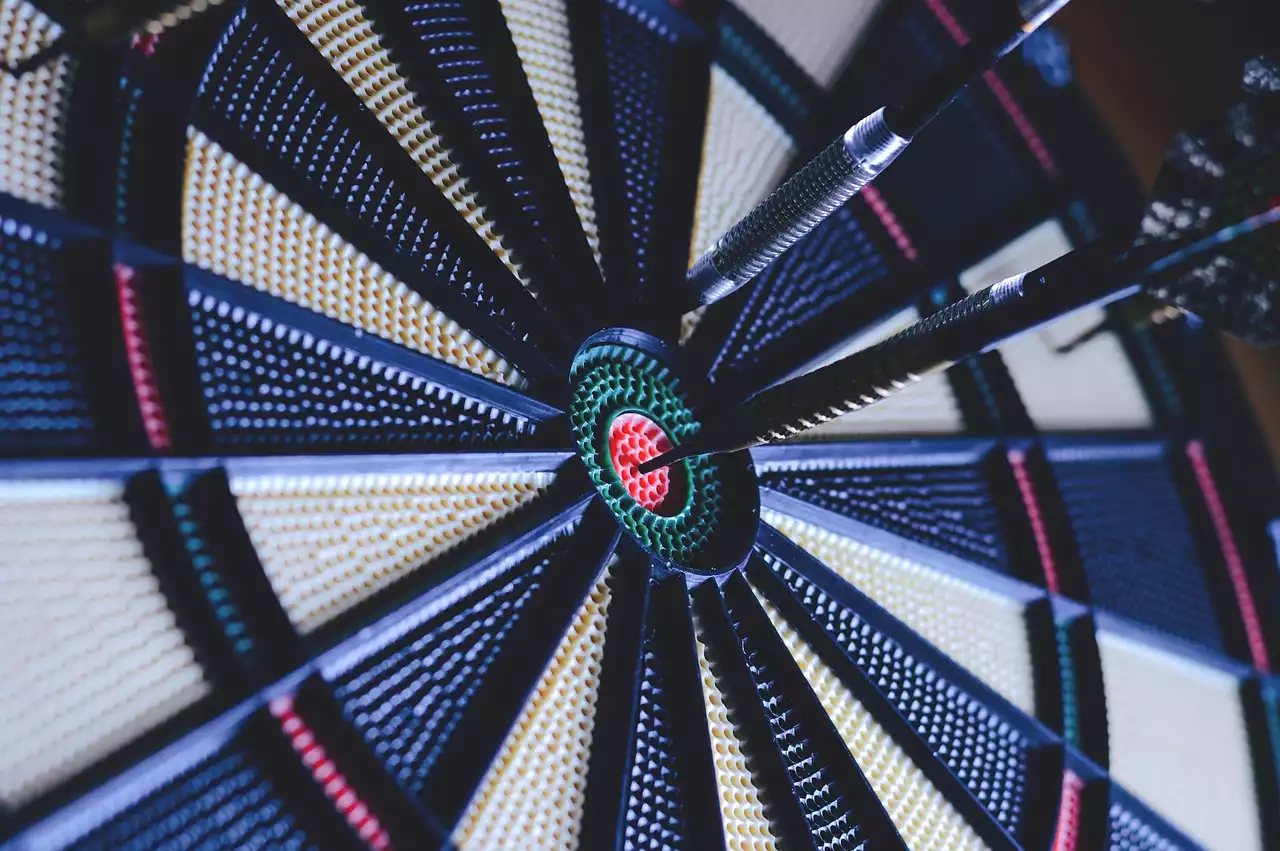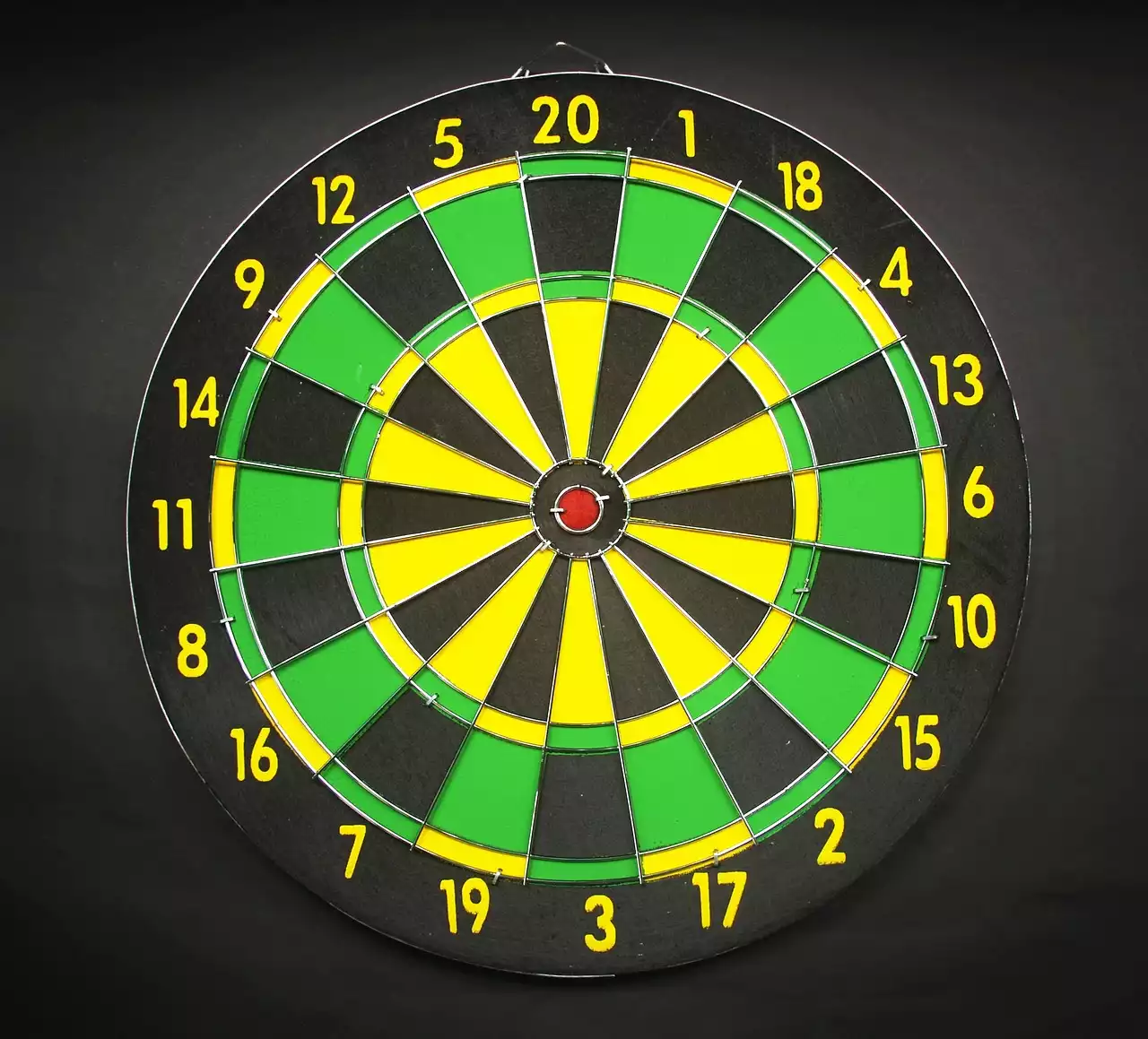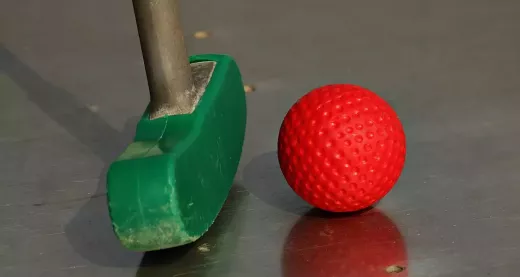Understanding the Importance of Stance
In the game of darts, your stance is the foundation of your throw. It provides the balance and stability necessary to execute a precise and accurate shot. Many players underestimate the importance of stance, focusing solely on their throwing arm. However, a solid stance can greatly improve your consistency and overall performance.
When it comes to stance, there are a few key factors to consider. First and foremost, your feet should be shoulder-width apart, with your weight evenly distributed. This balanced stance allows for a stable platform from which to launch your throw. Additionally, your body should be aligned towards the target, with your dominant eye directly in line with the bullseye. This ensures that your aim is accurate and that you are targeting the right spot on the dartboard.
Another crucial aspect of stance is your body position. Your upper body should be slightly tilted forward, with your chest facing the target. This forward lean helps to engage your core muscles and promotes a smooth and fluid throwing motion. In contrast, leaning back or standing too upright can lead to a loss of power and control in your throw.
To enhance your stance, it's important to practice proper posture and body alignment. Pay attention to how your body feels and make adjustments as needed. Experiment with different foot positions and body angles to find what works best for you. With time and practice, you'll develop a solid and consistent stance that will greatly improve your accuracy on the dartboard.
The Role of Grip in Dart Throwing
Now that we've covered stance, let's shift our focus to grip. Your grip is the connection between your hand and the dart, and it plays a crucial role in determining how the dart is released. A proper grip allows for control, precision, and consistency in your throws.
There are several different types of grips in darts, each with its own advantages and disadvantages. The most common grip styles are the pencil grip, the fingertip grip, and the claw grip. The pencil grip involves holding the dart between your thumb and index finger, similar to holding a pencil. This grip provides a lot of control and is often favored by beginners. The fingertip grip, on the other hand, involves placing the dart between your thumb and index finger, with the dart resting on the pads of your fingers. This grip allows for a looser and more relaxed throw, which can result in a smoother release. Lastly, the claw grip involves gripping the dart with all four fingers, creating a claw-like shape. This grip provides a secure hold and can generate a lot of power in your throw.
Finding the right grip for your throwing style is crucial. Experiment with different grip techniques and observe how each grip affects your throw. Pay attention to your comfort level, control, and consistency. It may take some time and practice to find the grip that feels natural and allows you to throw with maximum accuracy.
Tips for Improving Your Stance and Grip in Darts
Now that we've discussed the importance of stance and grip in darts, let's explore some tips and strategies for improving these essential aspects of your game.
1. Practice regularly: Consistency is key when it comes to improving your stance and grip. Set aside dedicated practice time and make it a habit to work on your technique regularly. The more you practice, the more natural and automatic your stance and grip will become.
2. Seek feedback: Don't be afraid to ask for feedback from more experienced players or even hire a coach. They can provide valuable insights and help identify any areas for improvement in your stance and grip. Sometimes, a fresh pair of eyes can spot things that you may have overlooked.
3. Record and analyze your throws: Use a video camera or a smartphone to record your throws. Analyze the footage to identify any flaws or inconsistencies in your stance and grip. Look for any unnecessary movements or tension in your body that may be affecting your throw.
4. Experiment with different grips and stances: As mentioned earlier, there are different grip styles and body positions in darts. Don't be afraid to try out different techniques and see what works best for you. Everyone is unique, and what may work for one player may not work for another.
5. Focus on relaxation and rhythm: Tension in your body can negatively impact your stance and grip. Focus on staying relaxed throughout your throw and maintaining a smooth and rhythmic motion. A relaxed and fluid throw will result in better accuracy and consistency.
Common Mistakes to Avoid in Stance and Grip
While it's important to know what to do to improve your stance and grip, it's equally crucial to be aware of common mistakes to avoid. Here are a few common errors that many players make:
1. Gripping the dart too tightly: Holding the dart too tightly can restrict your wrist movement and lead to a stiff and unnatural throw. Aim for a relaxed and loose grip that allows for fluidity and control.
2. Standing too rigidly: Stiff and rigid body posture can restrict your range of motion and hinder your ability to throw with precision. Maintain a relaxed and balanced stance that allows for natural movement.
3. Overcomplicating your grip: While it's important to find a grip that feels comfortable and secure, avoid overcomplicating your grip by using too many fingers or excessive pressure. Keep it simple and focus on finding a grip that allows for control and consistency.
4. Neglecting practice: Improving your stance and grip requires consistent practice. Neglecting regular practice sessions can result in regression and a loss of form. Make it a priority to practice regularly and dedicate time specifically to working on your technique.
The Impact of Stance and Grip on Dart Accuracy
Now that we've discussed the importance of stance and grip, it's essential to understand the impact they have on dart accuracy. Your stance provides the stability and balance necessary for a controlled and accurate throw. A solid and consistent stance allows you to maintain your body position throughout the throw, which greatly improves your ability to hit your desired target.
Your grip, on the other hand, determines how the dart is released and influences its trajectory. A proper grip allows for a smooth and consistent release, resulting in a more predictable flight path. It also ensures that the dart is released with the correct amount of force and spin, which is crucial for accuracy and precision.
By mastering your stance and grip, you'll be able to improve your overall accuracy on the dartboard. You'll have better control over your throws and be able to consistently hit your desired targets. It's essential to understand that mastering these elements takes time and practice. Be patient with yourself, and focus on gradual improvement rather than expecting immediate results.
